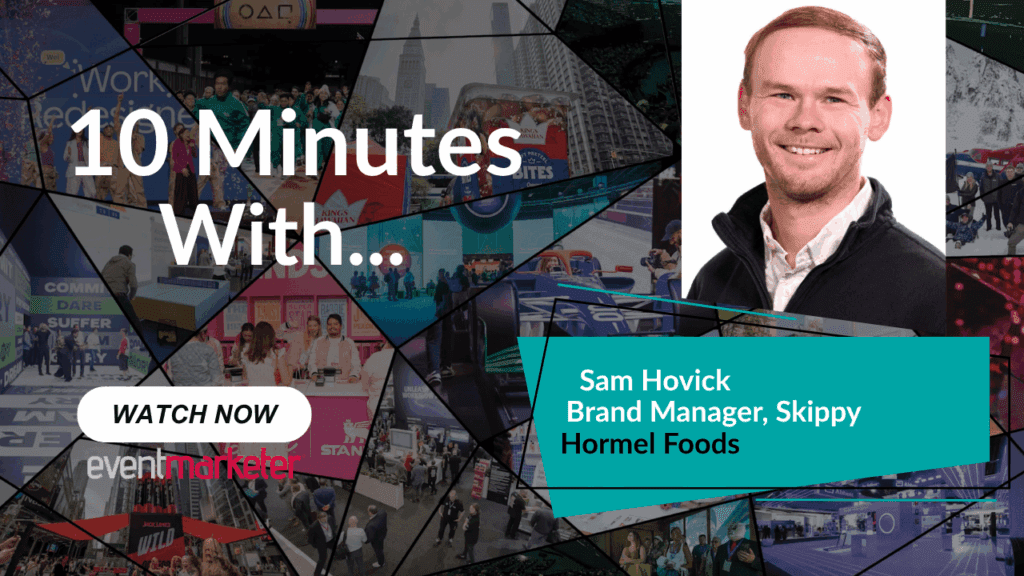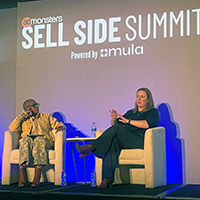In Part One, we highlighted the importance of leadership in any economic environment but especially in an ultra-competitive one such as ours, and we mentioned how strong leadership doesn’t guarantee success but it will be hard to find a long-term successful company that does not have great leadership. In Part Two, we continue the exploration on the topic by looking at two other distinguished individuals, each of whom offers additional wisdom on the topic of leadership and managing change.
Our first speaker in this section has not commanded troops and works at a place that at first glance would seem quite the opposite from the army. Yet, it’s a place where thousands must perform as one to create a unified experience. It’s a company that not only can host a bunch of mortgage bankers but one that day in and day out works to create the happiest and most magical places on earth. That company is Disney, and the 80,000 or so people that work for it, especially those in leadership positions have a tall order – to create a unique but consistent experience for the toughest of customers – little kids.
Each of the four views covered in our two-part article yielded some new ways of looking at the topic of leadership while also validating the main hypotheses of the others. With respect to Jeff Noel, Program Facilitator of the Disney Institute, a key takeaway on the topic of leadership is that “Every leader is telling a story about what he or she believes.” Most importantly, “We judge ourselves based on our intentions, but others judge us based on our actions.” They are two very powerful statements. They also reinforce themes that run through Colin Powell’s statements. It’s not enough just to mean well; we have to do right by those around us too. Others can’t see into our intentions, and to assume they can, will only lead to disappointment.
At Disney, employees aren’t just employees. They are “cast members” with “roles” in a “show.” The power of Disney performance excellence lies in every cast member clearly understanding their role in the show, and every cast member clearly understanding why that role matters. The role of the leaders is to inspire passion and excitement and to make the lives of those they lead better. Echoing themes that we have heard and will hear again, Disney focuses heavily on defining the vision and creating a culture that supports the execution of the vision. The execution of the vision comes about by emphasizing behaviors and values that will help them achieve the goals of the show. The culture of Disney is one that encourages cast members to come up with new ideas to make them more effective and efficient at their roles. That can only be accomplished, though, by having a system that measures and communicates results because, as Jeff Noel points out, “You can’t improve what you can’t measure.” Making it all work also means having a system that recognizes and celebrates the work and improvements the people / cast members make. And you can’t expect the same level of success without all the pieces being in place.
Our final perspective on leadership comes from renowned executive coach and pioneer of the 360 degree review, John Parker Stewart. His talk on leadership focused on giving those in attendance, simple digestible bits of information. With respect to leadership, Stewart focused on the topic of change and the need for good leadership during times of change. As he points out, change is always bad until it succeeds. We can succeed during change if we realize that the key lever to change is more than wanting to change and going through the change, it’s having support after the change occurs. Without everyone’s buy in, change will not stick. With that buy-in, change goes from being scary to just another goal to accomplish.
Stewart’s firm processes thousands of reviews. Here is some important information he shares from that data. Of all the desired traits of leadership, being knowledgeable isn’t what matters in the minds of those they lead, being honest, loyal, and following through are. In other words, people don’t care how much we know, not until they know how much we care. While Mr. Stewart doesn’t focus on the vision as much as the other speakers, he does highlight the role communication plays. Another one of his nuggets: The single biggest hurdle to effective communication is assuming that it has already taken place. If you want people to get something done, get them involved and connected.
People work harder when they have a stake in what is being produced. Thus, if “please” is the magic word in daily life, the magic words for leadership are, “What do you think?” Remember that everyone leads differently. You are no exception, i.e. “Just because you are good with a hammer doesn’t give you the right to view the world as a bunch of nails.” And, finally, a powerful statement that echoes what Colin Powell said regarding leaders being selfless, “It’s amazing what can get accomplished if you don’t care who gets the credit.” Ego is the downfall of many good leaders, an ego that forgets who really gets the work done.
In the end, leadership doesn’t come from an article or a series of speeches, but a better understanding of what it takes and its value might. That’s what we hope to achieve, to share some of what we have learned on the topic – that leaders are role models and that those in leadership positions have the extra burden of having to do the right thing because others will not see their intentions, only their actions. We have learned that successful leadership requires a vision and being able to communicate that vision so that all in the organization understand it and more importantly understand their role in achieving it. Ultimately, leadership is about followers. Leaders don’t get things done, followers do. Focus on the enabling, empowering, and creation of a culture of trust with those doing the work. It’s not fun. It’s hard work. Check your ego at the door and start working for those that work for you.



